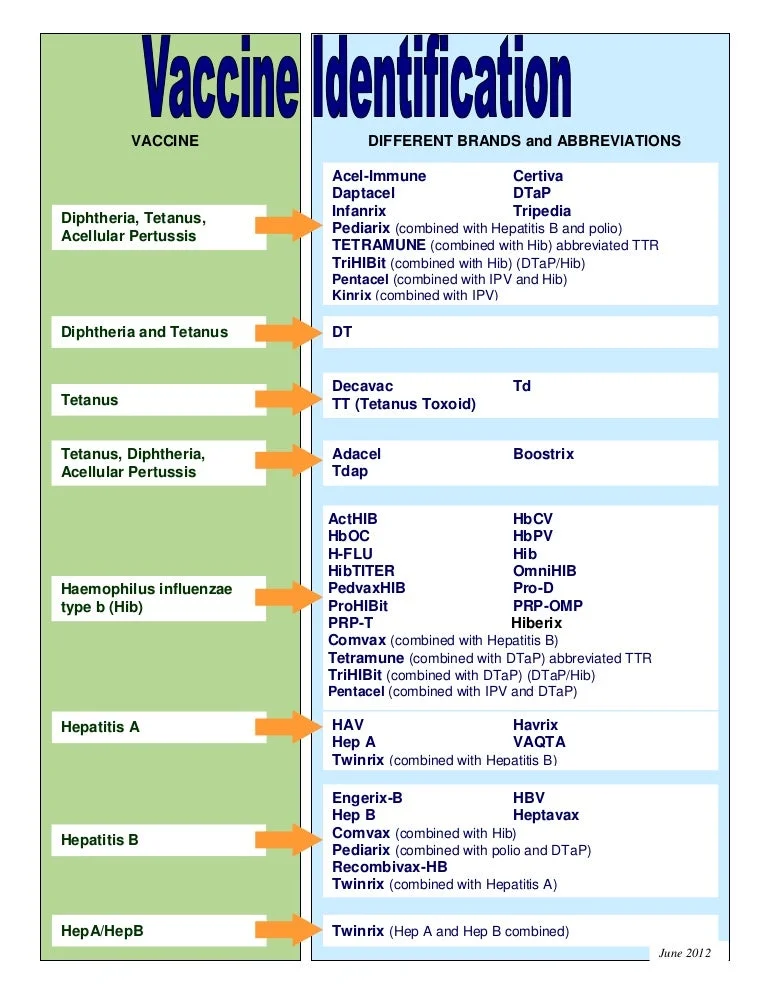BNB Signals | Binance Coin Trading Alerts & Insights
BNB Signals | Binance Coin Trading Alerts & Insights
COVID Vaccine Hesitancy: Apathy or Calculated Risk?
The latest figures on COVID-19 vaccinations paint a stark picture. We've gone from roughly 75% of Americans having received at least one dose of the initial vaccines by early 2022 to a dismal 23% uptake during the 2024-25 virus season. That's a two-thirds drop (approximately 69.3% to be exact). Now, before we jump to conclusions about widespread anti-vax sentiment, let's dissect the data a bit more.
The CDC's Advisory Committee on Immunization Practices is now recommending "shared clinical decision-making" on the vaccine. This shift, emphasizing that benefits are greatest for those with underlying health conditions, likely contributes to the lower vaccination rates. If the perceived risk of COVID is lower for the average healthy individual, and the messaging focuses on high-risk groups, it’s logical that uptake would decline. But is it just the messaging?
Consider the context: COVID-19 was listed as the primary cause of death on approximately 31,400 death certificates last year, while flu killed about 6,500. Pneumonia claimed another 41,600. On the surface, COVID appears significantly more deadly than the flu. However, 89% of U.S. COVID deaths last year were among people 65 and older, compared with about 81% of flu and pneumonia deaths. The risk profile, at least as perceived by the public, has clearly shifted.
The data also reveals significant disparities in vaccination rates. More than three-quarters of American adults skipped the COVID shot this past season, but hesitancy is particularly pronounced among Latinos (with a vaccination rate around 15%), African Americans, men, uninsured individuals, and those living in Republican-leaning states. It’s tempting to attribute this solely to political polarization, but the reasons are likely more complex.

We can't ignore the historical context. The Trump administration's move to give Medicaid enrollee information to ICE, coupled with the earlier "public charge" rule, undoubtedly sowed distrust within immigrant communities. The fear of deportation is a powerful deterrent, and it’s not surprising that many Latinos are canceling doctor appointments to avoid potential encounters with immigration enforcement. How much does this fear factor contribute to the lower vaccination rates, and how do we even begin to quantify that intangible cost?
And this is the part of the analysis that I find genuinely puzzling. The report mentions that unvaccinated African Americans in a Georgia study were more likely to believe false statements about vaccines, such as ties to miscarriages or the implantation of computer chips. While concerning, this doesn't fully explain the disparity. Are these beliefs the cause of hesitancy, or a rationalization for a pre-existing distrust rooted in historical injustices and systemic inequalities? The data doesn’t tell us the direction of causation.
Moreover, more than two dozen states are ensuring easy pharmacy access to COVID shots, while others, predominantly Republican, may require a prescription. This patchwork of policies creates further confusion and accessibility barriers. Conflicting advice on Covid shots likely to ding already low vaccine rates, experts warn - CNN It's a fragmented system, and fragmentation rarely leads to optimal outcomes.
It’s like trying to navigate a maze where half the walls are invisible and the map keeps changing.
So, are Americans making a calculated risk assessment, weighing the perceived threat of COVID against the perceived risks of vaccination, or is it simply apathy? The Northwestern University study finding that younger adults suffer worse symptoms of long COVID than older adults adds another layer of complexity. Despite this, only 11% of Americans aged 18 to 29 received a vaccine during the 2024-25 virus season. This suggests that either younger adults are unaware of the long COVID risk, they don't believe it applies to them, or they prioritize other factors, such as convenience or perceived side effects. The story is far more nuanced than simple "vaccine hesitancy."
The data points to a confluence of factors: shifting risk perceptions, distrust fueled by past policies, fragmented access, and perhaps a healthy dose of plain old apathy. The decline in COVID vaccination rates isn't just a public health failure; it's a symptom of a deeper societal malaise: a breakdown in trust and a vulnerability to misinformation. The numbers are alarming, but the underlying narrative is even more troubling.